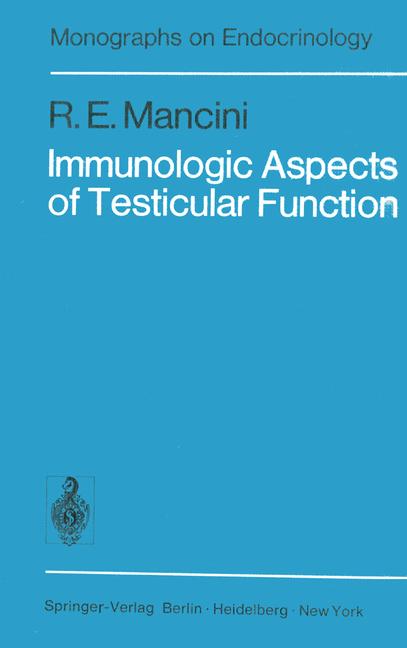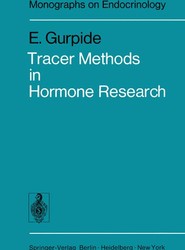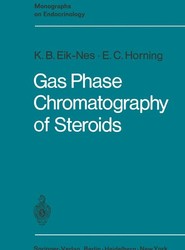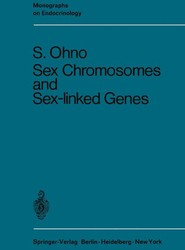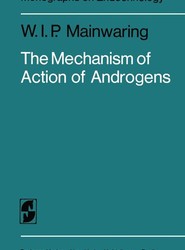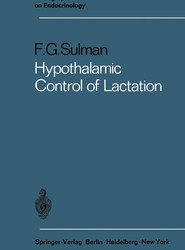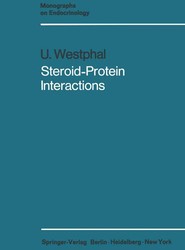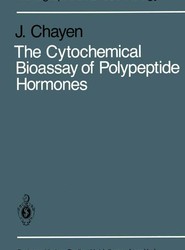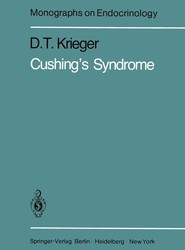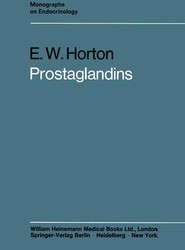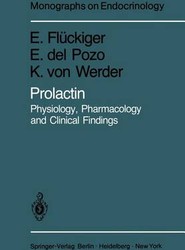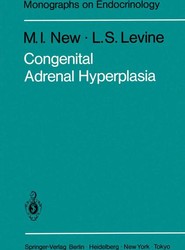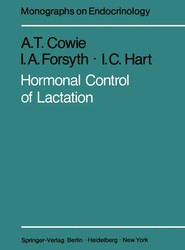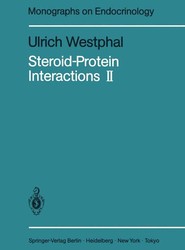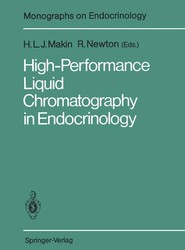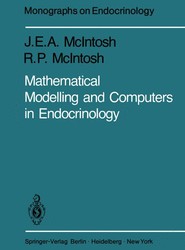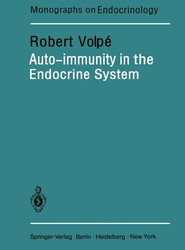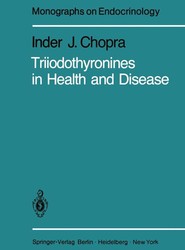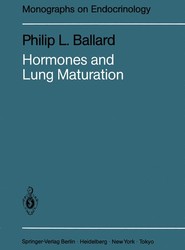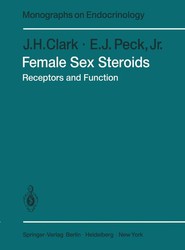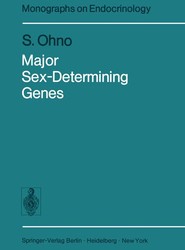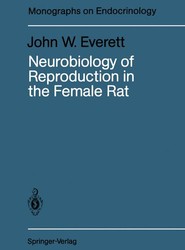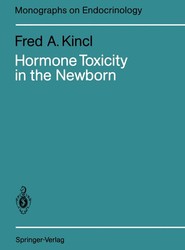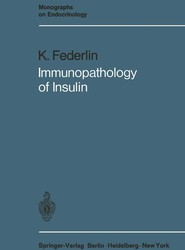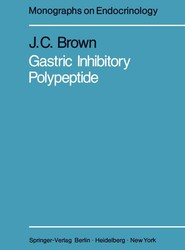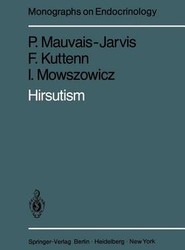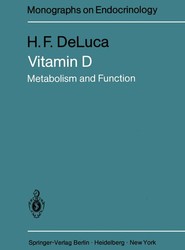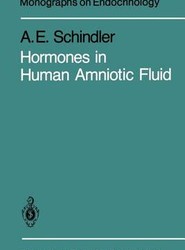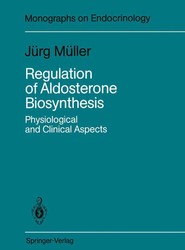(To see other currencies, click on price)
MORE ABOUT THIS BOOK
Main description:
It has become increasingly evident within the last few decades that immunologic factors are involved in some aspects of the reproductive process and hence in the physiology and pathology of the genital tract. The concept that immune phenomena participate in human reproduction is not new. There are examples throughout the history of man that immune phenomena may have influenced the reproductive process. For example, the Bible states that Sarah was sterile for a long time but conceived in the later years of her marriage. This could be interpreted to mean that continued exposure to her husband's ejaculated antigens re sulted in antibody response, sufficient to induce sterility. However, after continence of long duration, the antibody level declined and conception became possible. Another of speculation is Darwin's Descent of Man, which contains a number of state source ments to the effect that profligacy of women may account for their "small fertility". The inference is that repeated exposure to antigenic material in the ejaculate causes antibody responses that lead to infertility (KATSH and KATSH, 1965). This is directly related to the modern postulate that prostitutes do not conceive because of antisperm antibodies acquired by frequent contact with semen.
Contents:
I. Experimental Immunologic Orchitis.- 1. Antigenicity of Testis.- a) Adjuvants.- b) Antigens of Mature and Immature Testis.- c) Nature of Antigens.- Germinal Cell Antigens.- Nongerminal Cell Antigens.- 2. Antigenicity of Spermatozoa.- a) Nature of Antigens.- b) Histocompatibility Antigens.- 3. Antigenicity of Seminal Plasma.- a) Antigenic Components.- b) Antigenic Potency.- 4. Antigenicity of Male Accessory Glands.- a) Prostate Gland.- b) Seminal Vesicles.- 5. Antibodies.- a) Humoral Antibodies.- Anaphylaxis.- Complement Fixing.- Precipitins.- Hemagglutinins.- Immobilisins.- Cytotoxins.- Agglutinins.- Cytophilic Activity.- Immunofluorescent Antibody.- b) Cellular Immunity.- 6. Histopathology.- a) Light Microscopy.- b) Electron-Microscopy.- 7. Pathogenesis.- a) Morphologic Basis.- b) Role of Humoral Antibodies.- c) Role of Cellular Immunity.- d) Requirement for Both Antibodies.- e) Role of Sertoli Cells.- f) Relation to Homograft Rejection.- g) Sensitization in the Absence of Adjuvants.- Effect of Unilateral Thermal Orchitis on the Contralateral Gonad.- Homologous Sensitization with Thermal Orchitis Homogenate.- Autologous Sensitization with Thermal Orchitis Homogenate.- Effect of Unilateral Traumatic Orchitis on the Contralateral Gonad.- 8. Prevention of Immunologic Orchitis.- a) Tolerance.- Neonatal Sensitization.- Postnatal Sensitization.- b) Passive Transference of Homologous Serum.- c) Thymectomy.- d) Antimetabolites.- II. Clinical Immunologic Orchitis.- 1. Antigenicity of Human Testis.- a) Induced Allergic Orchitis.- 2. Antigenicity of Human Spermatozoa.- a) Immobilization Test.- b) Agglutination Test.- c) Cytotoxicity Test.- d) Nature of Antigens.- Coating Antigens.- Soluble and Insoluble Antigens.- e) Immunohistochemical Localization of Antigens.- Peroxidase Labeling.- Fluorescent Labeling.- f) Blood Group Isoantigens.- g) Histocompatibility Antigens.- 3. Antigenicity of Human Seminal Plasma.- a) Antigenic Components.- b) Nature of Antigens.- c) Origin of Antigens.- d) Cellular Immunity.- 4. Antigenicity of Male Accessory Glands.- III. Antisperm Antibodies in Male Infertility.- 1. Clinical Findings.- a) Spermagglutinating Antibodies.- b) Sperm Immobilizing Antibodies.- c) Cytotoxic Antibodies.- d) Immunofluorescent Antibodies.- e) Other Humoral Antibodies.- 2. Immunologic Pathogenesis.- a) Pathologic Findings.- b) Mechanism of Autosensitization.- Conclusions.- Acknowledgements.- References.
PRODUCT DETAILS
Publisher: Springer (Springer-Verlag Berlin and Heidelberg GmbH & Co. K)
Publication date: December, 2011
Pages: None
Weight: 242g
Availability: Available
Subcategories: General Practice
From the same series

